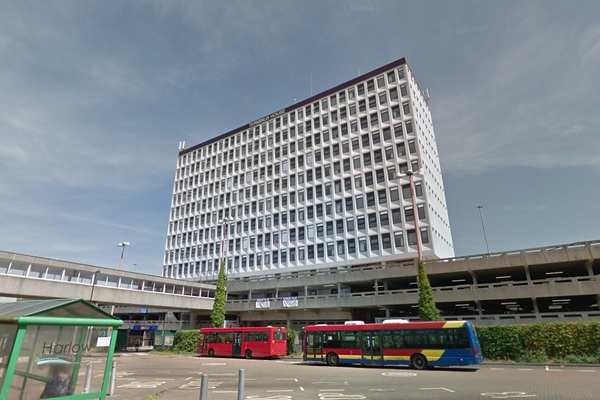Exclusive: Cornwall tops list of office-to-housing conversions
Cornwall approved the most office-to-housing conversions in the UK last year, Inside Housing can reveal.

The holiday hotspot in South West England is making the most of expanded permitted development rights (PDR), which allow commercial buildings to be turned into housing through a streamlined planning process.
Cornwall received 223 applications to convert offices into housing in 2023 and approved 209, giving the council an approval rate of 94%.
It was more than twice the amount of office-to-residential applications as the second-highest council, Wiltshire, which saw 106 applications submitted and 80 approved, with an approval rate of 75%.
Other rural areas with high numbers of PDR conversions included North Dorset, with 98 applications and 73 approvals, and North Devon, with 90 applications and 89 approvals.
The figures came from analysis of all planning applications submitted in 2023 by data company Nimbus, shared exclusively with Inside Housing.
Nimbus’ analysis found that 69 councils approved all the applications submitted to them, while nearly 60% of councils approved three out of four applications.
Some large cities saw high approval rates. Sheffield approved all 12 applications submitted to it, while Manchester and Nottingham both had approval rates of 95%, each giving the green light to 20 applications.
However, refusals were much higher in London boroughs. Tower Hamlets, Harrow and Brent all showed approval rates of 33% or less, approving just seven, six and five applications respectively. Meanwhile, Croydon refused 51 out of 76 applications.
PDR rules have been in place for around a decade. On 21 May they were extended by the previous Conservative government to cover shops and offices of any size.
From 2015 to 2022, 73,575 new houses were converted from offices under PDR.
However, the policy has received criticism from some parts of the housing sector over the quality of the homes created and lack of affordable housing provision.
Unlike most developments, where councils ensure a certain percentage of affordable housing is provided, there is no requirement for affordable homes to be provided via office-to-residential conversions.
Rachael Williamson, head of policy and external affairs at the Chartered Institute of Housing, said: “Office-to-residential conversions can play a role in addressing housing shortages, particularly in urban areas where demand is high.
“However, as we’ve stressed previously, it is crucial that such conversions adhere to quality standards, ensuring that new homes are safe, sustainable, and contribute positively to the community.
“Adequate consideration must be given to infrastructure, local services and the overall liveability of converted spaces to avoid creating poor-quality housing that fails to meet residents’ needs.”
Simon Davis, co-founder of Nimbus, which conducted the analysis, said: “With an ambitious target set of 1.5 million homes to be delivered over the course of the current government’s tenure, councils across England have their work cut out to meet these demands.
“I am confident that the proposed changes to planning legislation, including the proposed changes to the National Planning Policy Framework, will bring some welcome changes to help drive the delivery of new housing, and we have already seen these change-of-use permitted development rights being heavily used and implemented across various parts of the country.”
He added: “Overall it is very positive to see how supportive councils are being when proposals are being submitted to convert the right commercial building into residential, and with the announced changes to planning policy coming forward it likely that this will continue into the foreseeable future.”
In March, a medical charity and an academic researcher told Inside Housing about their concerns over the government’s expansion of PDR.
Medact said it had encountered seriously poor housing conditions created via current PDR rules and warned that the new rights could lead to a “further deterioration” in standards.
In February, a report by UCL and the Town and Country Planning Association argued that the current PDR regime was “insufficient to protect people from poor-quality housing”.
Cornwall Council was approached for comment.
Councils with most approved office-to-housing conversions
Source: Nimbus
Sign up for our Council Focus newsletter
Already have an account? Click here to manage your newsletters












